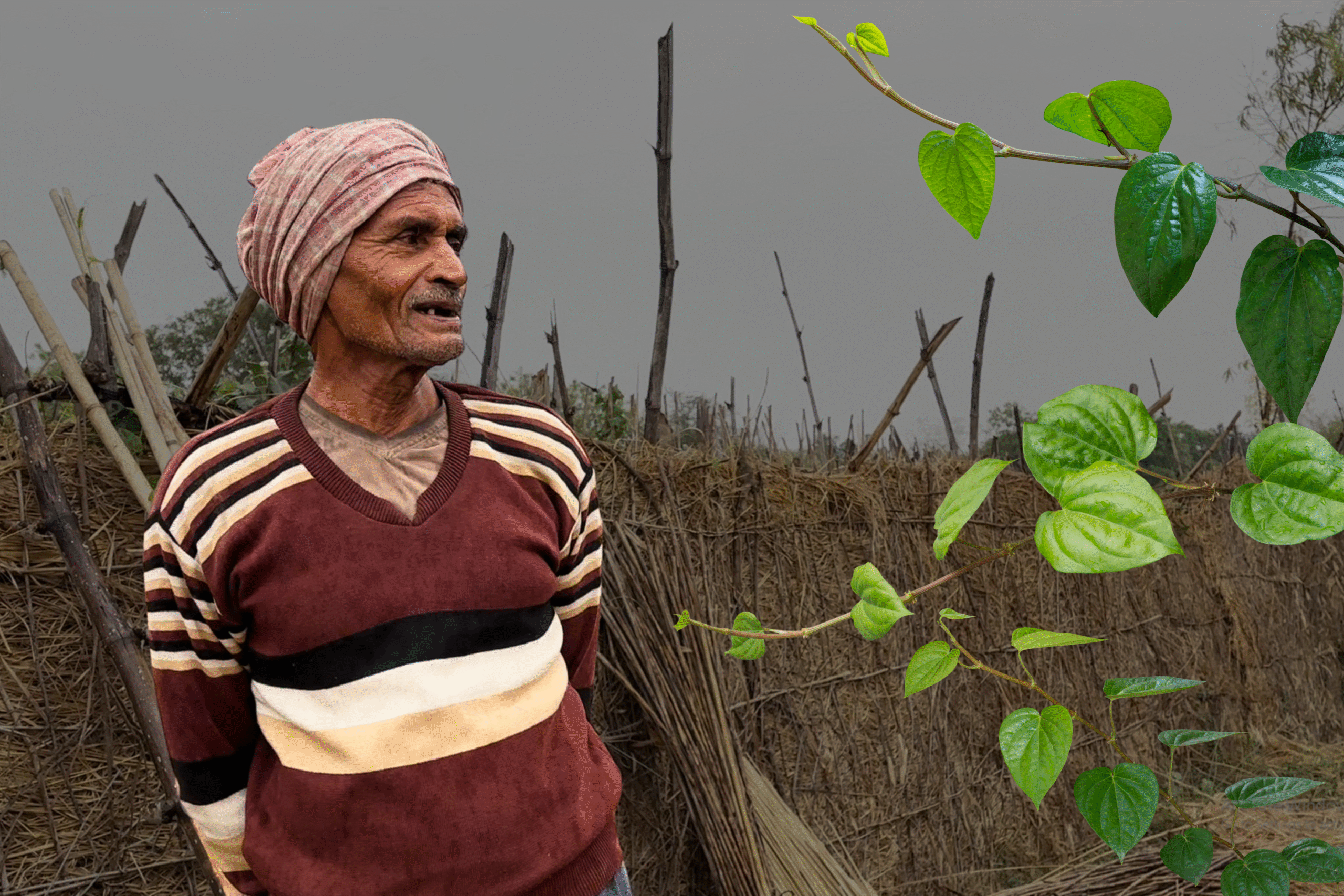Rakesh Dubey, a farmer from Narsinghpur, Madhya Pradesh, has been farming since past 20 years. In 2010, he started organic farming and now he has a license to export his produce. Nitin Kajla from Meerut, Uttar Pradesh, used to work at a multinational corporation. He quit his job and started practicing organic farming. He has a collaboration of about 10,000 farmers.
The two cities, Narsinghpur and Meerut, are just 900 kms apart, but the common practice adopted by both the farmers is to shun the use of harmful chemical fertilizers and pesticides. Theyeven encourage other farmers to take up organic farming. Both of them earn about Rs 2 lakh annually from organic farming. Rakesh and Nitin are the new-age farmers. Welcome the new wave of Agricultural Revolution.
In India, the ratio of farmers who do not use chemical compost, urea-DAP and pesticides over who use them has increased to a great extent. There is also an increase in number of people who do not consume poison-pocketed grains. They are willing to spend enough money on poison free grains.
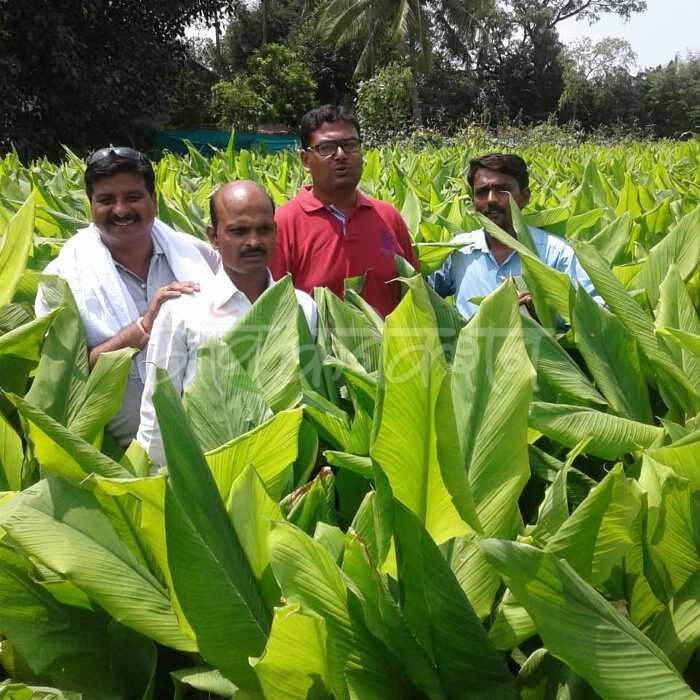
Our food has poison in it
“How long would we survive if we eat poisoned food? India would slip on health parameters if we do not forbid use of chemical fertilizers and pesticides. To save ourselves from getting sick and to save farmlands from becoming barren, it is necessary to practice biodiversity. Adopting native ways in practicing farming is the only way to save ourselves from climatic changes,”said environmentalist Vandana Shiva, the author of the book ‘Poison in our food’. This book explains the impact of the usage of pesticides and chemical fertilizers and how people are prone to heart disease, diabetes and cancer.
After Green Revolution, to maximize the production of farms, tons of chemical fertilizers and pesticides were sprayed, which affected quality of food, weather, biological diversity and disturbed the PH balance in the soil. The fertile land is devoid of any nutrients. Due to use of heavy fertilizers, production level has gone down.
“In 2010, we regained our consciousness when productivity of soybean crop fell even after putting multiple efforts. At first, farmers used to practice organic farming for their personal usein a small corner of their land. When results were satisfactory and good, they converted their entire farmlands for the production of organic farming. There are certain problems in the organic farming; production from organic farming is comparatively less than the production from chemical farming. However, the demand and cost of organic farming is more in the market,”said Rakesh Dubey from Kartaj, Narsinghpur. Every year about 2,000 farmers from all over India visit agricultural farms of Rakesh Dubey in order to learn and adopt different ways of organic farming.
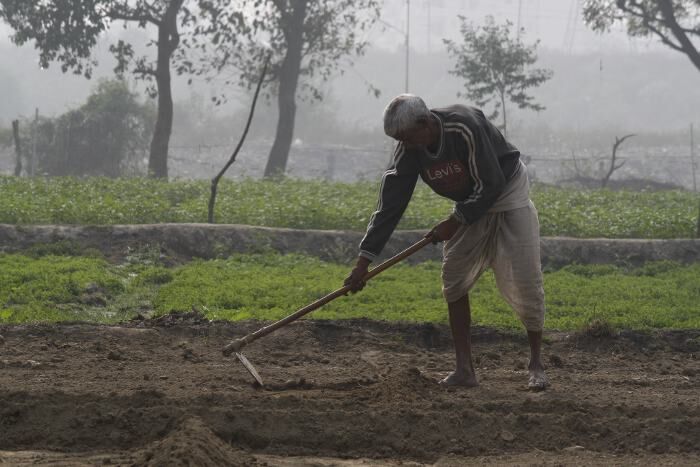
In India about 23.2 lakh hectare land is used for organic farming
During monsoon session, while answering a question in Lok Sabha,central agricultural state minister ParshottamRupala,had said: “UnderParamparagat Krishi Vikas Yojna(PKVY), Mission Organic Value Chain Development for North Eastern Region(MOVCDNER) and National Programme for Organic Production (NPOP) about 23.2 lakh hectare landsare used for organic farming.”
“In India, there are two challenges in front of agriculture. Food should be pesticide-free and it should also be sufficient for the increasing population of India. I do not say that agriculture should be converted into 100% organic farming, but nature of agriculture will change in the coming decade,”said Dr AS Panwar, director of Indian Institute of Farming Systems Research, Modipuram in Meerut. He added: “From 2004, the government is working to boost organic farming in India. We have prepared 42 cropping systems (about what to sow and at what time for organic farming) for 13 states. In the coming days, we will be prepared with a total of 50 cropping systems.”
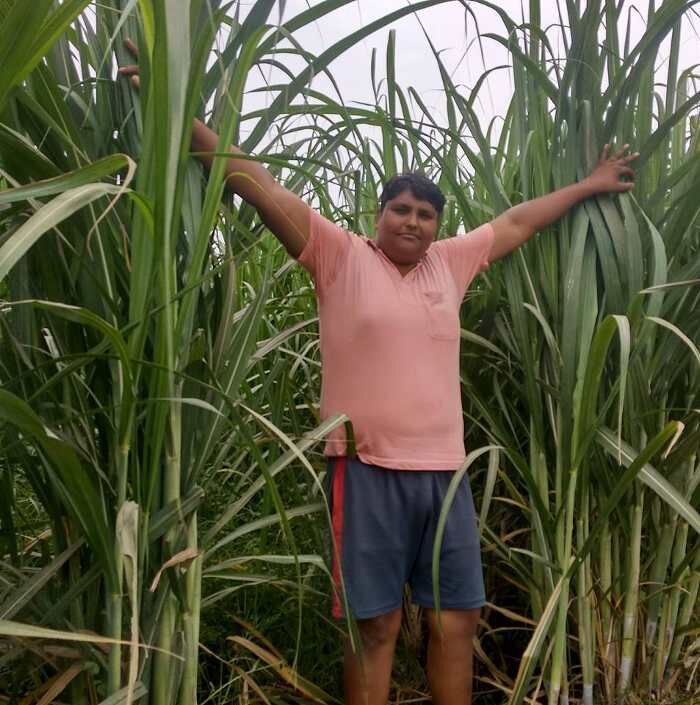 Nitin Kajla
Nitin Kajla
After quitting regular job, Organic farming is providing a great support
Before 2014, Nitin Kajla, the progressive farmer from Bhattipura village, Meerut, Uttar Pradesh was a big shot in a Pharma company. He quit his job and started practicing organic farming. He has established an institution know as ‘Saket’ to promote organic farming all over the country.
“Agriculture in India is facing a period of change. Agriculture, which was once a bane to the farmers due to its high costs, is now proving to be a boon due to the practice of organic farming. Employed youngsters who were earning lacs per month have quit their jobs and are nowpracticing organic farming.Farmers like me are earning 3.5 lacs from one-acre land,”said Nitin Kajla.
Prateek Sharma, who had worked in a senior post at banks located in Mumbai and Delhi, is now a resident in Dhaba Khurd, Hoshangabad district, Madhya Pradesh. He is practicing chemical-free farming. According to Prateek, the new era of changing agriculture has begun.
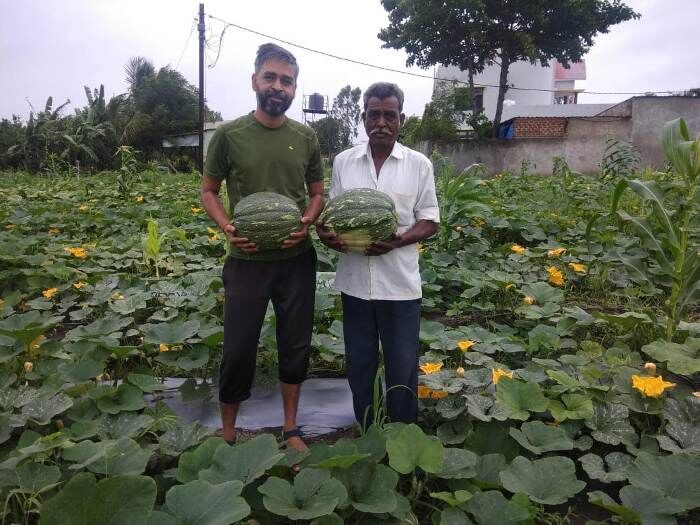 Prateek Sharma (Left)
Prateek Sharma (Left)
Organic farming is both a need and demand of time. It is just like Meru Taxi which used to take Rs 26 for a km whereas Ola-UbertakeRs 6-8 for a km. We have to reduce the cost of organic farming. In order to protect crops and provide nutrients to the crops, farmers should prepare 70% of the material at home and depend for other 30% on materials from markets. Thereafter, modify this approximation from 70-30% to 95-05%,”said Prateek Sharma.
The path to organic farming is not easy. Farmers are accustomed to the use of pesticides in order to destroy or control either worms-insects or weed. They do not have other options for protecting their organic farming.
Three major problems in the path of organic farming
“There are three major problems in the path of organic farming;production, diseases and weed. We have worked a lot in pesticides,but we were not successful in dealing with weeds. In 2-3 years, we aim to find some herbal elements, which could forbid the growth of weeds,”said Dr AS Panwar, director of Indian Institute of Farming Systems Research (IIFSR), Modipuram, Meerut.
Farmers who practice organic farming say that whatever they are doing in their farms is dependent on their own strength. They neither get any outside support nor does anyone help them in getting any market.
Kisan Sanchar team (Haryana), who provide necessary details related to agriculture and farming to farmers had visited seven states in 38 days. During this period, they met 1,500 farmers. Director of Kisan Sanchar, Kamaljeet, told us: “We conducted 55 meetings during our research travel. The farmers who are implementing organic farming were comparatively happier than the ones who implemented chemical farming. How to do agriculture and where to sell its production is the work of a farmer. Farmers have to find ways from getting trapped in the illicit circle of market materials. They should consolidate themselves financially.” Kamalnath has travelled from Rajasthan to Jammu-Kashmir and has compiled works of all those farmers who are progressive in their farming.
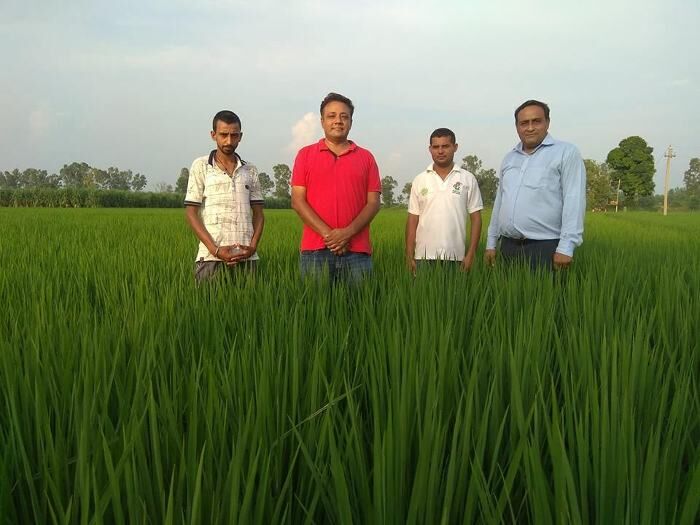 Kamaljeet (second from the left)
Kamaljeet (second from the left)
Organic farming, zero budget farming and natural farming
In India, Pesticide and fertilizer free farming is famous in three various forms,
• Organic Farming
• Cow dependent Zero budget farming
• Natural farming.
Padma Shri Subhash Palekar is considered as the generator of zero budget natural farming. He is a consultant of Chandrababu Naidu Sarkar, Madhya Pradesh.
Bhushan Tyagi, resident of Bulandshahr, Uttar Pradesh instructs people for co-cultivation and mixed cropping.
Increasing awareness towards health has provided a market to poison free farming. There is a separate market for organic production in Delhi along with some other cities. With its increasing demand, the probable demand of organic food is increasing in Mall Culture. However, farmers who practice organic farming form a major portion of their market through their network.
On increasing demand of Agricultural Production and its changing patterns, Rakush Dubey said: “I do not say that all farmers wish to practice organic farming, but it is certain that they wish to preclude chemical farming.”
…So that there’s a reduction in the cost of farming
“Vermi-compost, organic fertilizer, and waste decomposer serve a medium to inspire farmers. They reduce the cost of farming,”said Parshottam Rupala, Central Agricultural State Minister. He further said: “In 2014, Paramparagat Krishi Vikas Yojana (PKVY) was implemented at country level. According to this Yojana, assigned sum for the year 2015-18 is Rs 947 crore, under which amount of Rs 582.47 were commenced for a total of 11,891 clusters. Under this Yojana about 237,820 hectare land was transformed into organic farming and 394,550 farmers had benefited from it. Thrust of this Yojana is greater in North-east and mountain regions.
This is Part 2 of our five-part series ‘Farming 2.0: Go desi’.
Read Part 1 here: PM Modi urges farmers to reduce the use of chemical fertilizers, pesticides. It’s high time farmers go back to the drawing board to achieve this
Read Part 3 here: Climatic change: Organic pesticides are a Brahmastra for farmers
Also Read: There is a need for amendment in the Panchayati Raj Act







